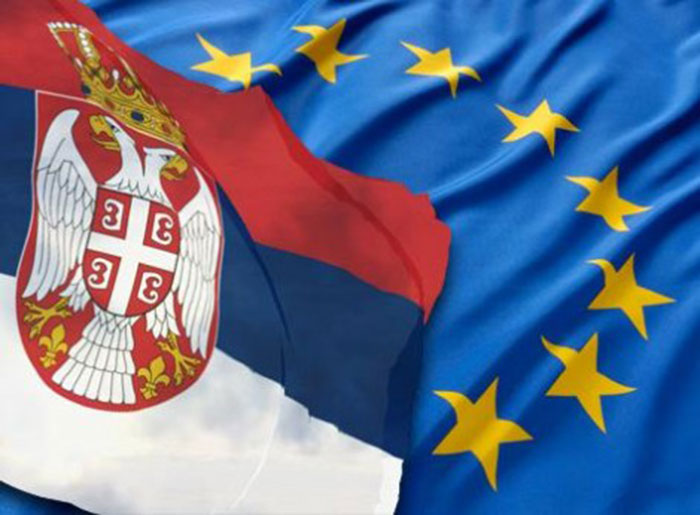Study Abroad
Study in Serbia
With a strong emphasis on both theoretical knowledge and practical skills, Estonian universities offer an enriching environment for international students seeking a well-rounded education in the heart of Northern Europe.
Here’s why Serbia is a top choice for international students:
- Student-Friendly Cities: Serbia offers vibrant student cities with a welcoming atmosphere. Belgrade, the capital, is known for its affordable cost of living and lively student life.
- Popular Among International Students: Serbia attracts students from various countries, thanks to its diverse educational offerings and welcoming environment.
- Quality Education: Serbia has a growing reputation for high-quality education, with several universities gaining recognition for their academic programs and research opportunities.

Programs and Their Duration in Serbia
Serbian universities offer a variety of programs designed to cater to different academic interests and career aspirations:| Qualification | Duration | Internship/Practical Training |
|---|---|---|
| Bachelor’s Degrees (e.g., BA, BSc) | 3-4 years | May include internships or practical components |
| Master’s Degrees (e.g., MA, MSc) | 1-2 years | Up to 6 months of internships or industry placements |
| Doctoral Degrees (e.g., PhD) | 3-4 years | Focus on research with opportunities for industry collaboration |
Cost of Living in Serbia
The cost of living in Serbia varies depending on the city and lifestyle. On average, students should budget between €300 and €600 per month to cover expenses such as housing, food, transportation, and leisure activities. The cost of living in major cities like Belgrade and Novi Sad tends to be higher due to their size and popularity, while smaller towns and rural areas offer more affordable options. Students in these less central locations may find their living expenses to be considerably lower, allowing for a more manageable budget while still enjoying a rich and engaging student experience.
Academic Intakes for Studying in Serbia
Serbian universities offer multiple entry points throughout the academic year, providing flexibility for students to begin their studies. The main intakes are:
| Intake | Start Date |
|---|---|
| Fall Intake | October |
| Spring Intake | March |
These intake periods allow students to align their application schedules and academic plans with their preferred start times. Each intake supports a variety of programs, ensuring that students can choose the timing that best suits their educational and personal needs.







